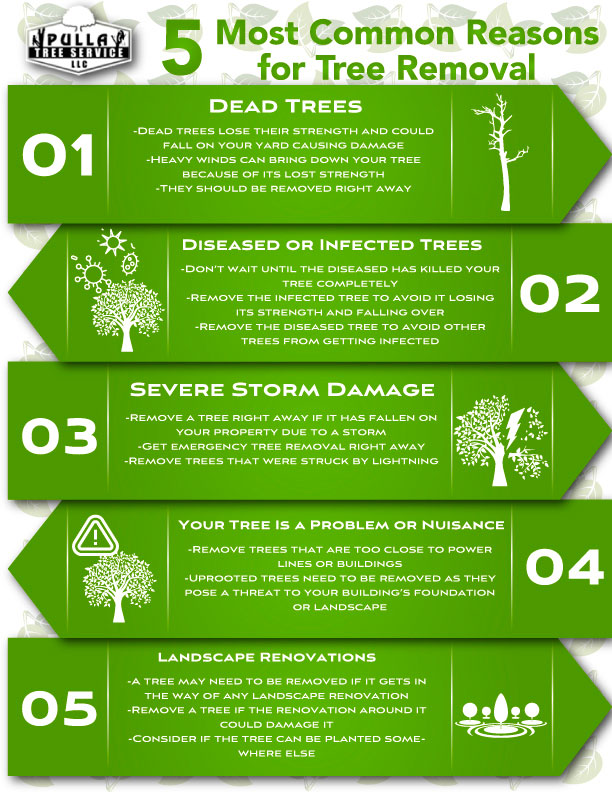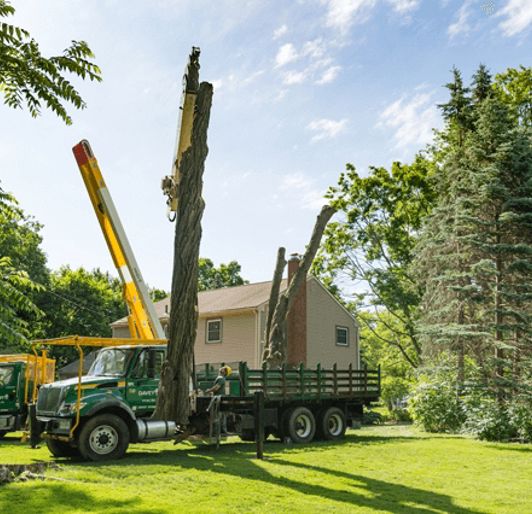All Categories
Featured
The elimination of trees can develop open spaces that are at risk to weed invasion. When trees are existing, their thick covers typically shade the ground, limiting the amount of sunlight that gets to the dirt. Nevertheless, after the removal of trees, these open areas obtain raised sunlight, providing suitable conditions for weed development.

To combat weed invasion and preserve the stability of the ground, specialists in tree removal can offer useful suggestions on efficient weed monitoring techniques. They may recommend using compost, which functions as a protective obstacle on the dirt surface area, stopping weed seeds from sprouting and suppressing weed growth.
:max_bytes(150000):strip_icc()/sample-contract-for-removal-jobs-by-tree-services-2130959-hero-26fe7131be0f4a37865a9bca066fa3c6.jpg)
The visibility of trees promotes an abundant and varied neighborhood of soil microbes. Tree roots supply a source of raw material, exudates, and nutrients that sustain the growth and task of helpful soil microbes. When trees are eliminated, the lack of their origins can interfere with the delicate equilibrium of the soil's microbial ecosystem.
What Is The Best Stump Removal Wollongong?
To address the effects of tree cutting on dirt pH, tree elimination experts can give valuable recommendations. Based on the outcomes, professionals can suggest pH adjustment techniques, such as adding lime to raise dirt pH or including important sulfur to decrease it.

It describes the compression of dirt fragments, causing decreased pore area and raised soil density. This compaction can adversely impact the soil's ability to function optimally, affecting its water-holding capability, vitamins and mineral schedule, and origin penetration. Proper methods used by tree elimination specialists can help minimize compaction and preserve the soil's capacity to keep water, and permit appropriate airflow and mindful devices handling.
Latest Posts
How Do I Find A Tree Cutting Wollongong Service?
How Much Does Wollongong Council Tree Removal Service Cost?
What Is The Best Spring Tree Removal Wollongong